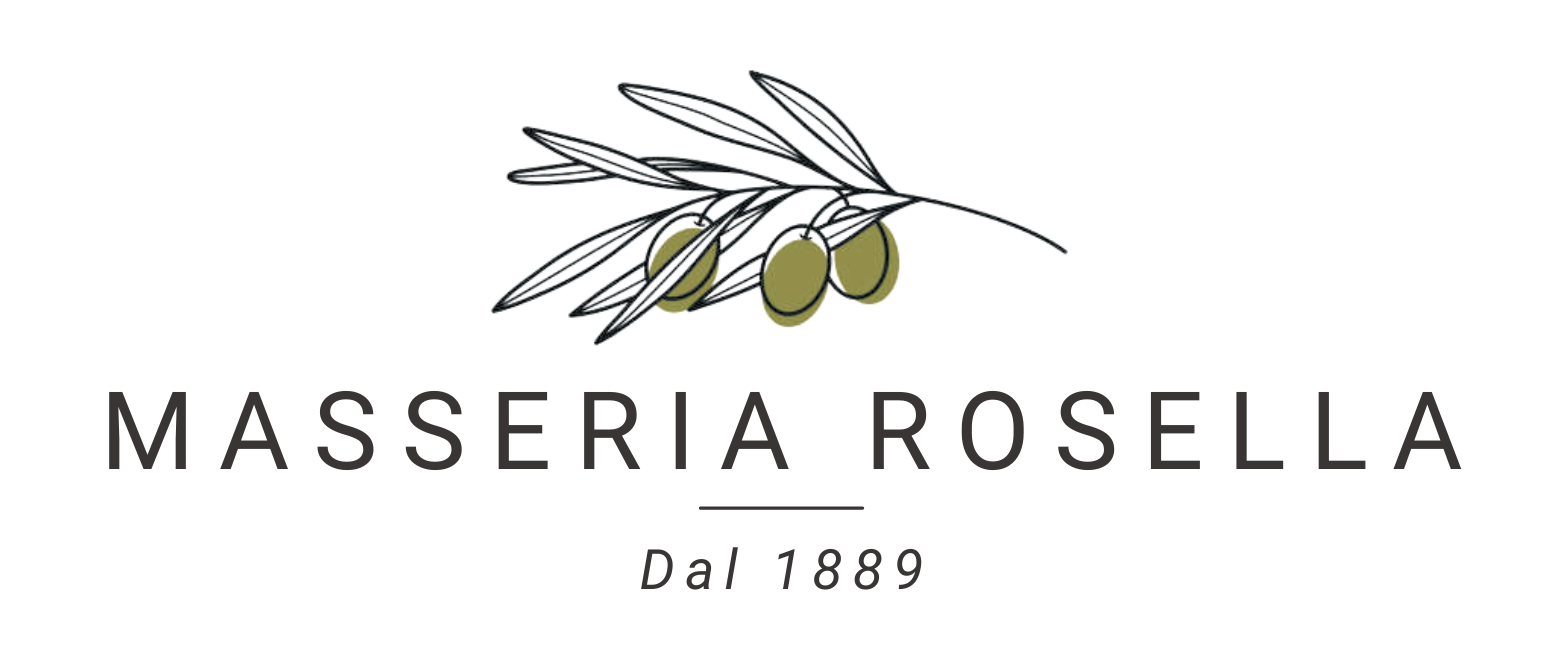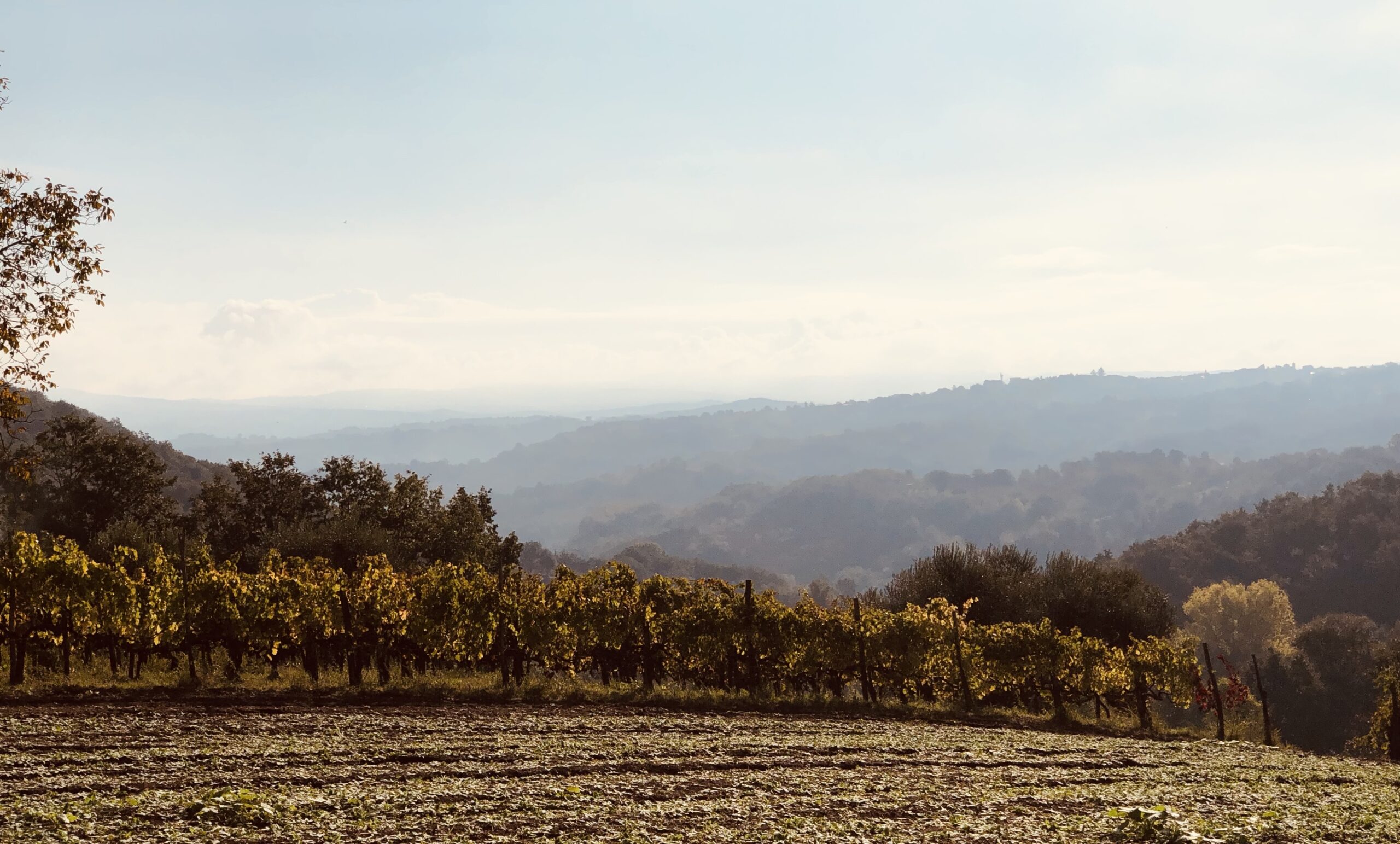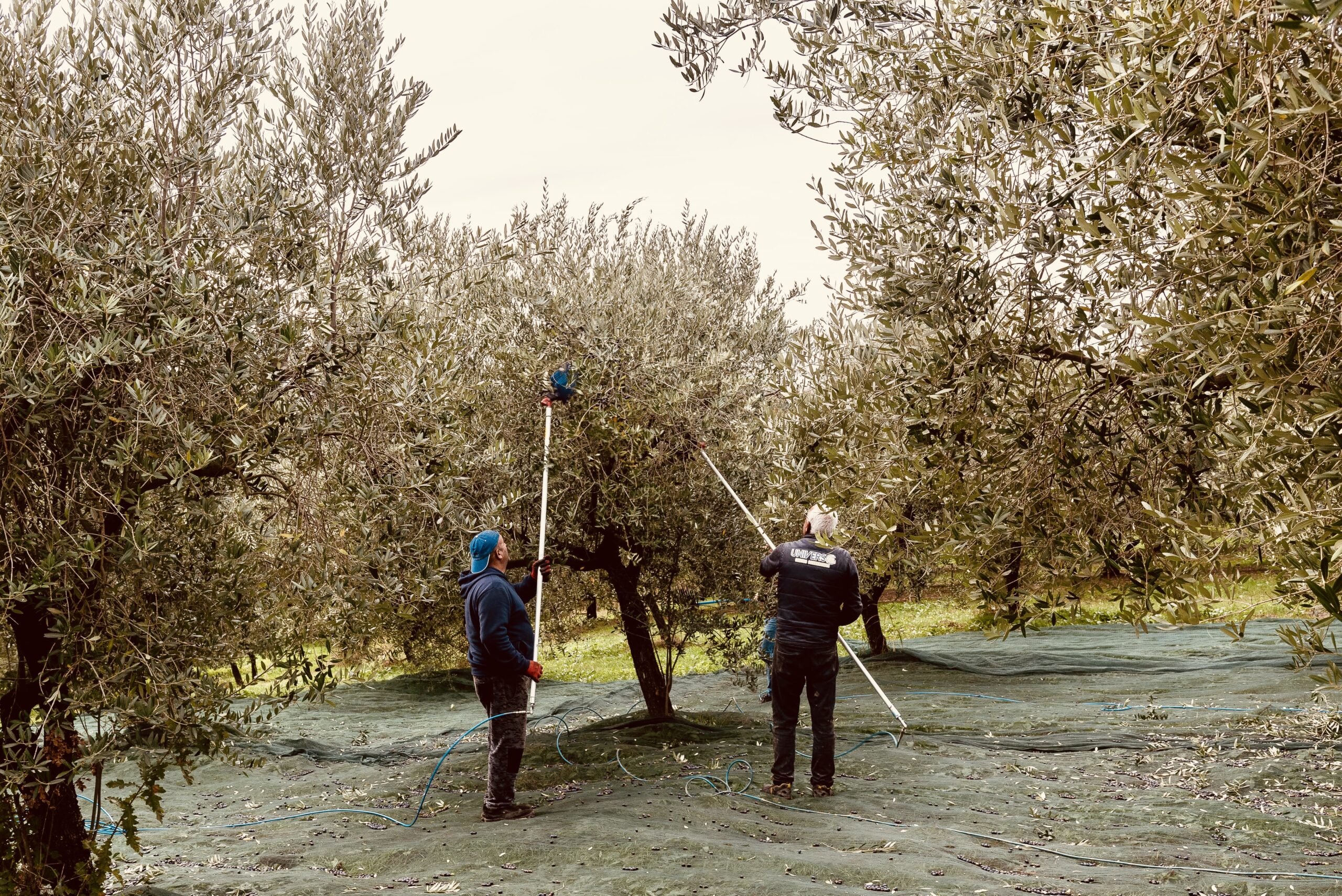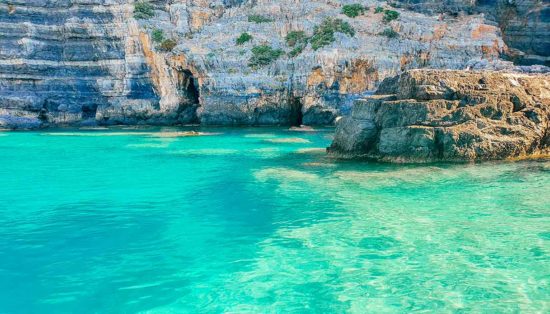As the hills and forests of regions like Calabria, Campania, and Basilicata turn golden and the air grows crisp, communities gather to celebrate two of the most beloved ingredients of the season: wild boar (cinghiale) and chestnuts (castagne). These festivals are not only a feast for the palate but also a window into the cultural and historical richness of rural Italy. Here`s how to enjoy autumns bounty in southern Italy.
The Significance of Wild Boar and Chestnuts
Both wild boar and chestnuts hold a deep significance in the culinary and agricultural traditions of Southern Italy. For centuries, wild boar has been hunted in the mountainous regions of the Apennines and across the dense forests of Calabria and Campania. These robust creatures have long been a symbol of the untamed wilderness, and their meat is prized for its rich, gamey flavor. From stews and ragùs to grilled steaks, wild boar is a versatile ingredient, revered in rustic, hearty dishes.

Chestnuts, on the other hand, have been a staple food for centuries, particularly in the mountainous regions where other crops struggled to thrive. Known as “the bread of the poor,” chestnuts were often ground into flour and used in cakes, breads, and pastas. Today, they remain a cherished seasonal ingredient, used in both savory and sweet dishes, symbolizing the resilience and resourcefulness of the communities that relied on them.
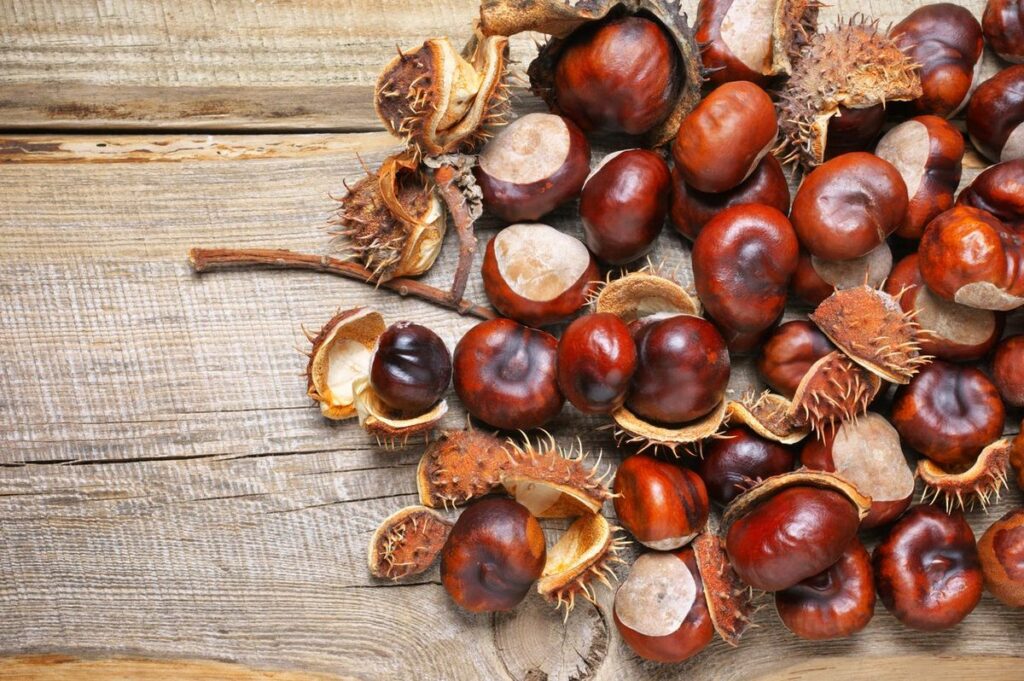
The Festivals: A Blend of Tradition and Community Spirit
Throughout southern Italy, towns and villages come alive in October and November with festivals that celebrate these two autumnal treasures. These events are not just about the food; they are deeply communal, bringing together families, friends, and visitors to honor the local environment, history, and agricultural practices.
- Sagra del Cinghiale – The Wild Boar Festival
The Sagra del Cinghiale (Wild Boar Festival) is one of the most anticipated celebrations in many southern Italian villages, particularly in regions like Calabria, Campania, and Molise. Held in small, picturesque towns such as Montella in Campania, this festival offers visitors the chance to indulge in a variety of wild boar dishes.
– Culinary Offerings: At these festivals, you’ll find wild boar prepared in myriad ways. One of the most popular dishes is cinghiale in umido, a slow-cooked wild boar stew flavored with red wine, tomatoes, and herbs. There’s also wild boar sausages, grilled steaks, and even boar-based ragù served over homemade pasta.
– Tradition and Entertainment: These festivals often include reenactments of historical hunts, parades in medieval costumes, and traditional music and dancing. They are a chance to step back in time and experience the rustic culture that has defined these regions for centuries.
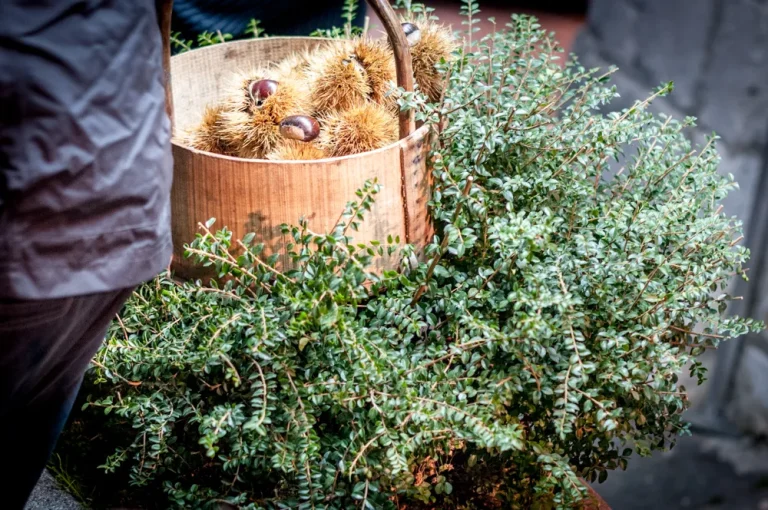
2. Sagra della Castagna – The Chestnut Festival
The Sagra della Castagna (Chestnut Festival) is a celebration that takes place in many southern Italian villages, especially those nestled in the forests of Calabria and Basilicata, where chestnut trees thrive. One of the most famous is the Sagra della Castagna di Sorbo San Basile in Calabria, where locals and visitors gather to honor the chestnut harvest.
– Culinary Delights: The star of this festival is, of course, the chestnut. Roasted chestnuts, or caldarroste, are a must-try and are often sold by street vendors, filling the air with their smoky, sweet aroma. Chestnuts are also featured in savory dishes like pasta con castagne, a pasta dish with chestnuts and wild mushrooms, as well as in desserts like castagnaccio, a dense, gluten-free chestnut flour cake flavored with rosemary, raisins, and pine nuts.
– Crafts and Culture: Beyond food, these festivals showcase local artisanal crafts, from wooden chestnut baskets to woolen goods made by local shepherds. It’s an opportunity for the community to display their craftsmanship, and visitors can take home a piece of southern Italian culture.
Where to Go for the Best Festivals:
– Montella (Campania): This town is famous for its Sagra della Castagna di Montella, held annually in early November. Montella is renowned for its high-quality chestnuts, which have earned a protected designation of origin (PDO) status. The festival features chestnut-based products, including flour, jams, and liqueurs, as well as various local foods.
– San Potito Ultra (Avellino) Autumn brings with it the flavour of local traditions and goodness with the long-awaited Wild Boar and Chestnut Festival to be held from 11 to 13 October 2024 . Visitors will be able to delight the palate with a wide selection of dishes based on wild boar and chestnuts, symbolic products of this land. During the three days, the sagre will be animated by music, food and wine stands and traditions that tell the history and culture of the territory.
– Sorbo San Basile (Calabria): Nestled in the Sila mountains, Sorbo San Basile is home to one of the most famous chestnut festivals in southern Italy. The Sagra della Castagna here is particularly lively, with open-air markets, music, and even cooking demonstrations that showcase the versatility of chestnuts in the kitchen.
Tradition, Tourism, and Tastes of Autumn
The wild boar and chestnut festivals are not just about food; they’re a sensory experience that combines the best of southern Italy’s natural beauty, warm hospitality, and deep-rooted traditions. For locals, these festivals are a celebration of heritage and a way to honor the land that has sustained them for generations. For visitors, they offer a rare opportunity to immerse themselves in the heart of Italy’s rural culture, sampling food that is tied to centuries of history and the rhythms of the season.
As the sun sets over the hills and the smell of roasting chestnuts fills the air, it becomes clear that these festivals are about more than just indulgence. They are a way to connect with the past, celebrate the present, and look forward to another fruitful year in one of the most enchanting parts of Italy.
